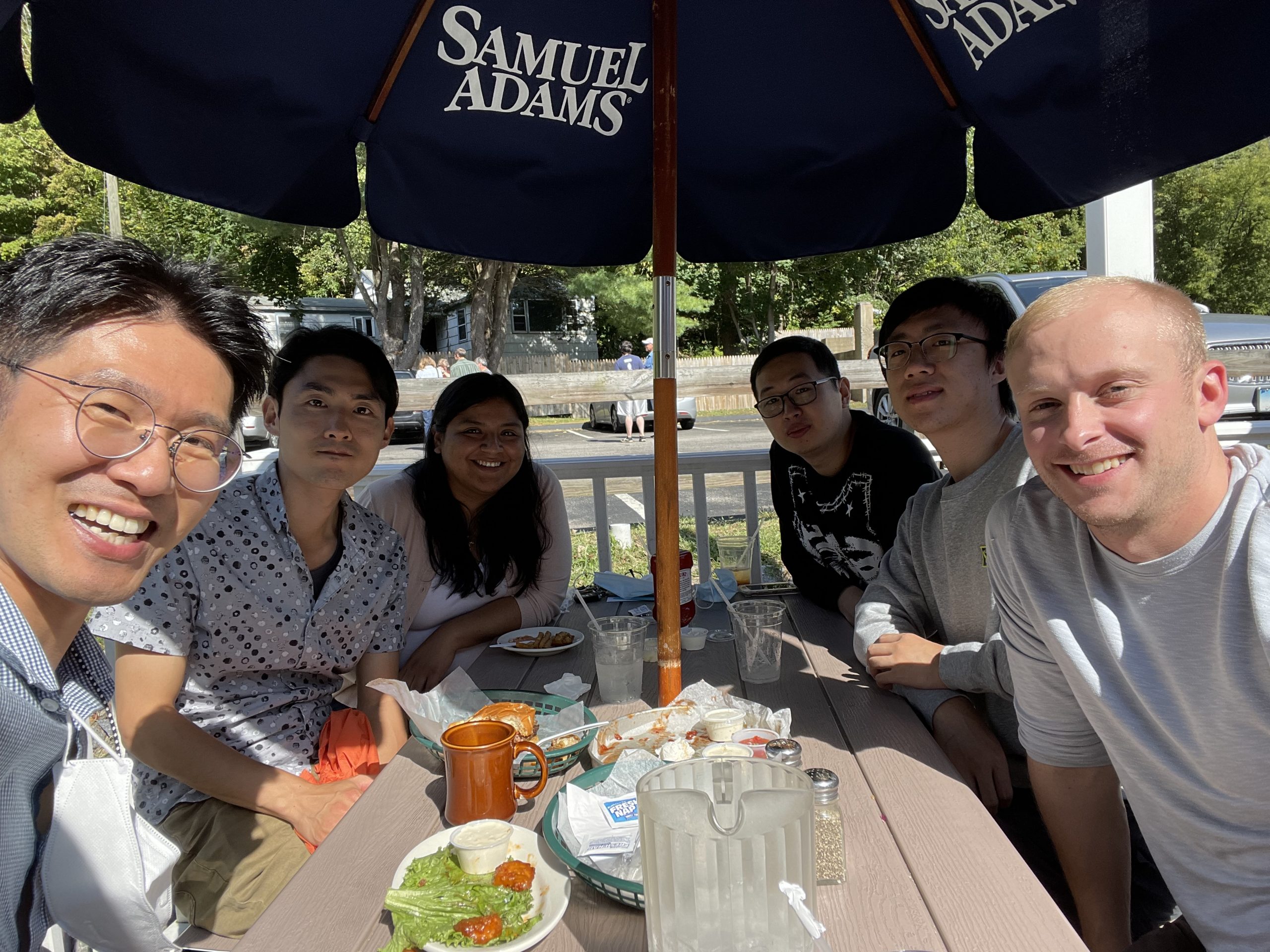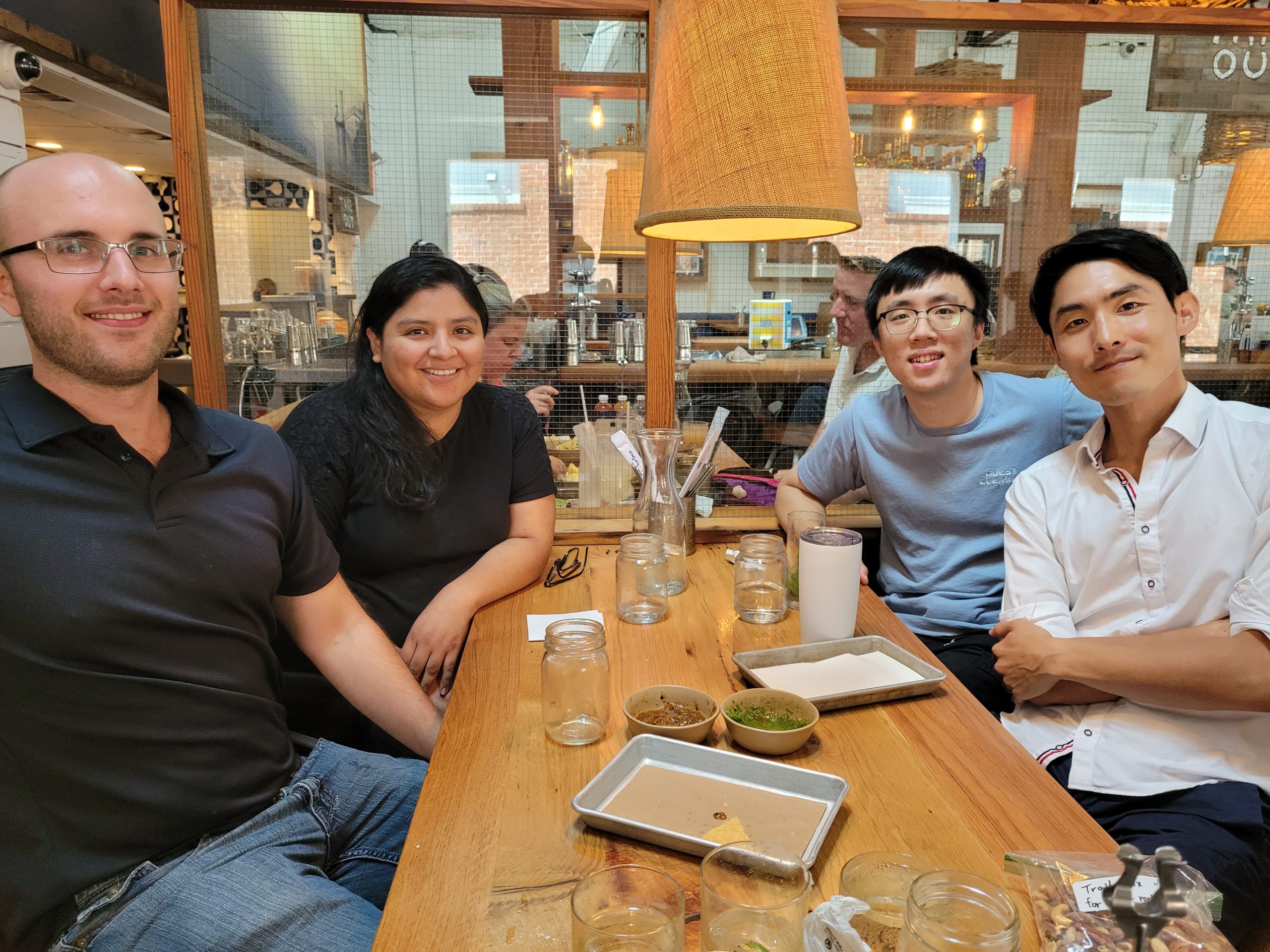Gyuho will leave this Friday to California to start his new position at the Frore Systems. He will work as a material engineer to develop the Micro-electro-mechanical-system (MEMS) device that cools the high performance CPU much faster than the conventional technologies. Best wishes for his success in Silicon Valley!
Month: September 2021
Shuyang’s paper is published at Nano Letters! Many Congratulations!!!
Shuyang’s first paper is published at Nano Letters! Many congratulations! The paper is now available online [web]. This work discusses the unique pseudoelasticity mechanisms, double lattice and collapse due to the a solid-state bonding and debonding.
Shuyang Xiao, Vladislav Borisov, Guilherme Gorgen-Lesseux, Sarshad Rommel, Gyuho Song, Jessica M. Maita, Mark Aindow, Roser Valentí, Paul Canfield, Seok-Woo Lee, “Pseudoelasticity of SrNi2P2 micropillar via lattice collapse and expansion,” Nano Letters (2021) [Arxiv] [web]
Abstract: The maximum recoverable strain of most crystalline solids is less than 1% because plastic deformation or fracture usually occurs at a small strain. In this work, we show that a SrNi2P2 micropillar exhibits pseudoelasticity with a large maximum recoverable strain of ∼14% under uniaxial compression via unique reversible structural transformation, double lattice collapse–expansion that is repeatable under cyclic loading. Its high yield strength (∼3.8 ± 0.5 GPa) and large maximum recoverable strain bring out the ultrahigh modulus of resilience (∼146 ± 19 MJ/m3), a few orders of magnitude higher than that of most engineering materials. The double lattice collapse–expansion mechanism shows stress–strain behaviors similar to that of conventional shape-memory alloys, such as hysteresis and thermo-mechanical actuation, even though the structural changes involved are completely different. Our work suggests that the discovery of a new class of high-performance ThCr2Si2-structured materials will open new research opportunities in the field of pseudoelasticity.
Gyuho will start his new position at Frore Systems at CA!
Gyuho recently received the job offer from the Frore Systems at San Jose, CA, and will work as a materials researcher. Another Silicon Valley engineer after Tyler Flanagan! Good luck for his new adventure!

